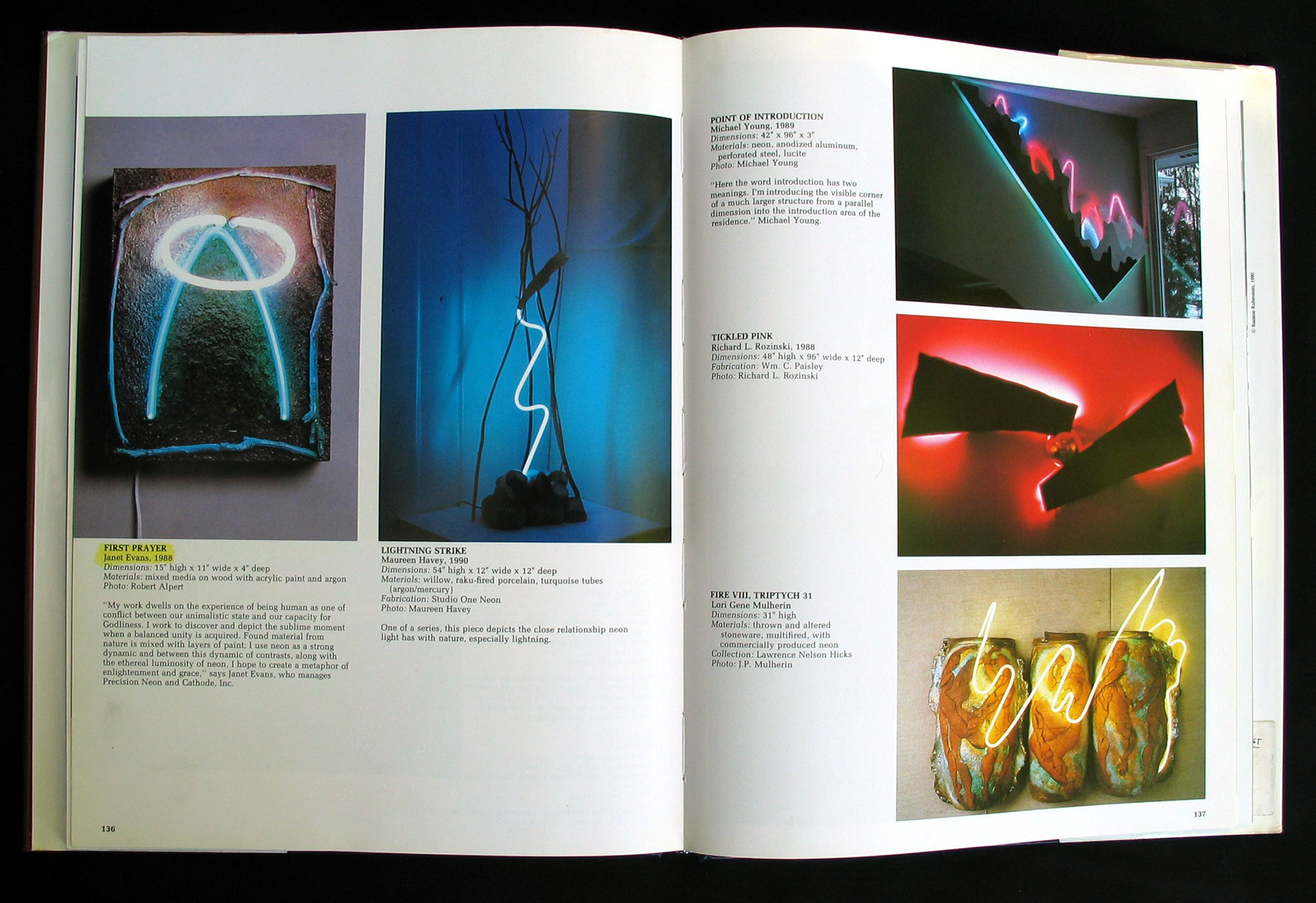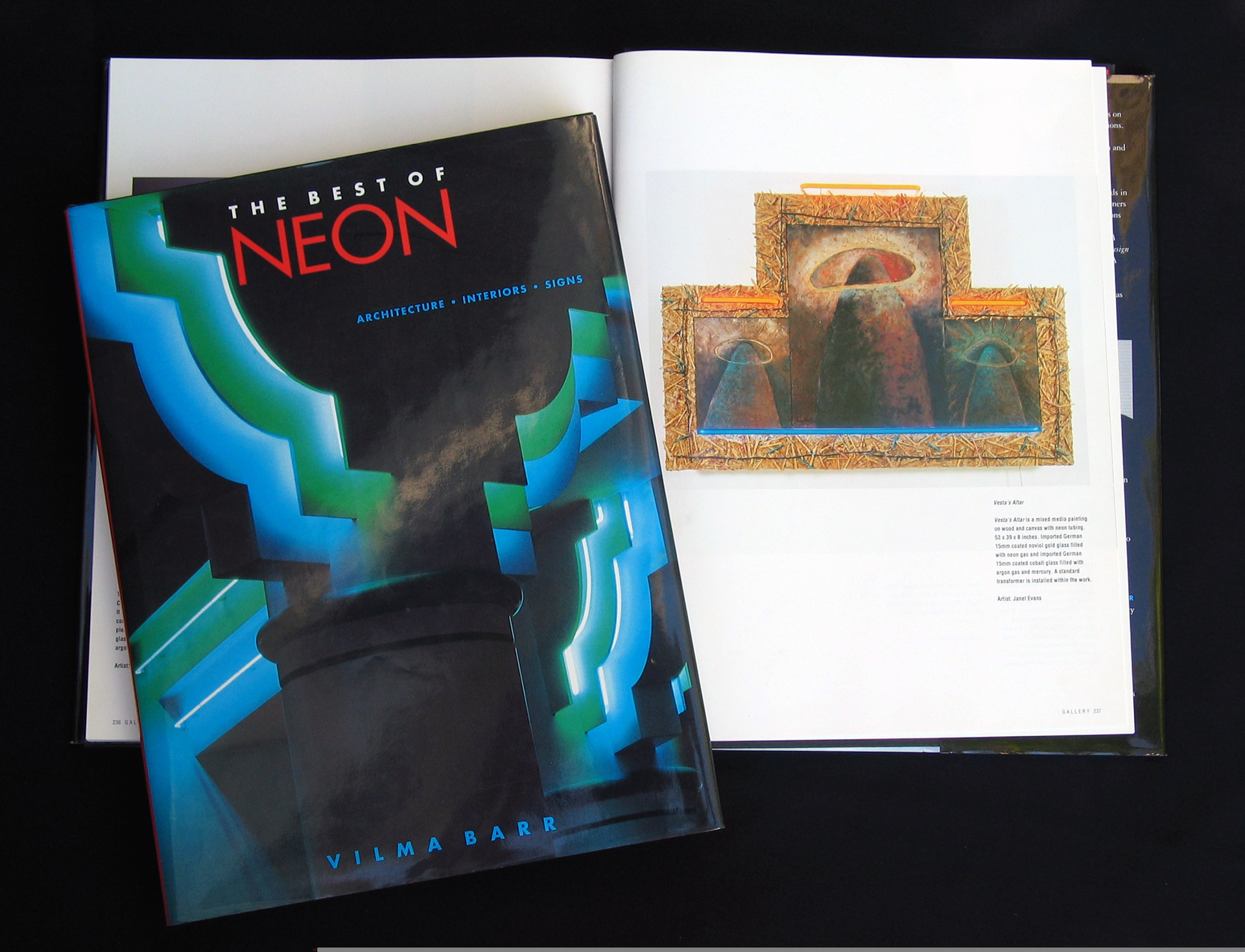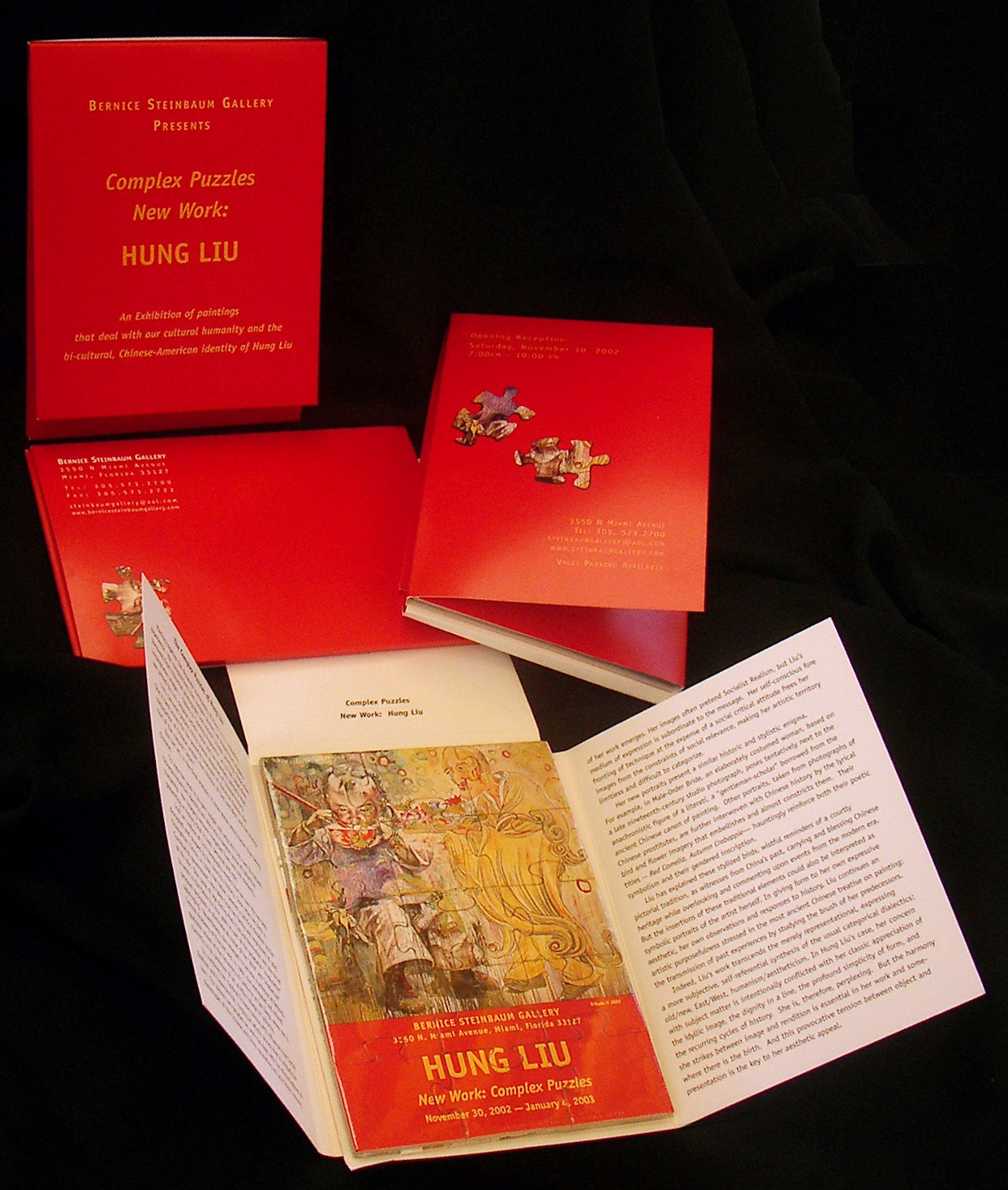




I owe a great deal to Mr. Hodge. He was my art teacher from kindergarten through ninth grade (1961-1970.) From him, I learned how to learn, and I was given permission to take control of my own learning. Entering the art room was like entering another universe. To me, this was where learning came to life. As I crossed the threshold into the room, my senses came alive with a feeling of wonder and discovery. Mr. Hodge created an atmosphere that inspired, challenged and supported us with his displays of student works, his extravagant still-life setups of unique objects and the way he organized our work space. We were presented with open-ended questions; offered information, tools, and models of what could be done; and then allowed to experiment and make decisions. Mr. Hodge’s teaching encouraged me to follow my own curiosity and inborn nature. This served me well because it helped me to take control of my learning in other subjects. Although I couldn’t have stated it in these terms at the time, I began to realize at an early age that my natural way of learning aligned with the experiential, project-based art-making process of observation and experimentation. It was Mr. Hodge’s art class that inspired me to pursue a career in art and to explore how art can be a vehicle for teaching and learning in a variety of areas.




